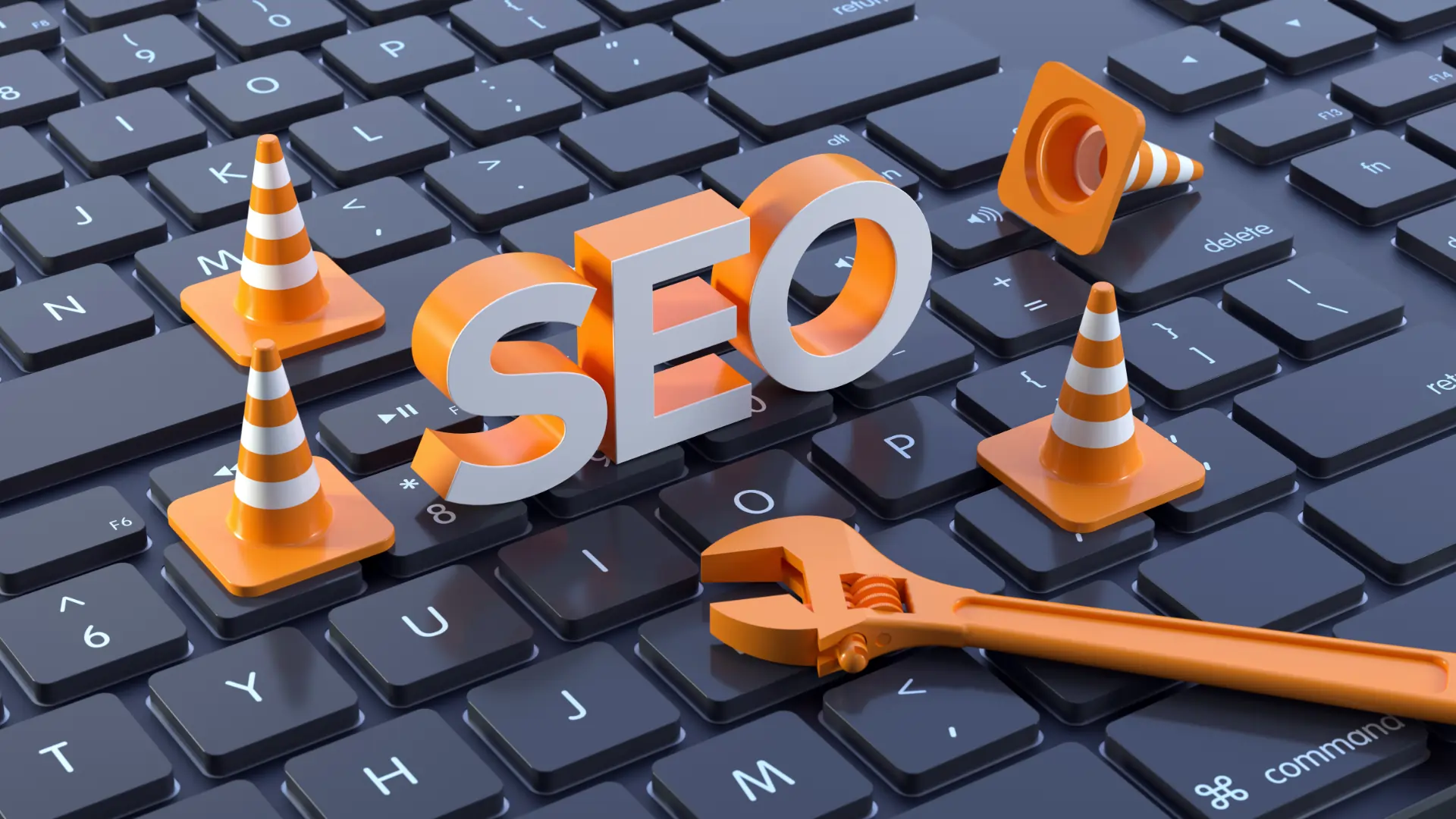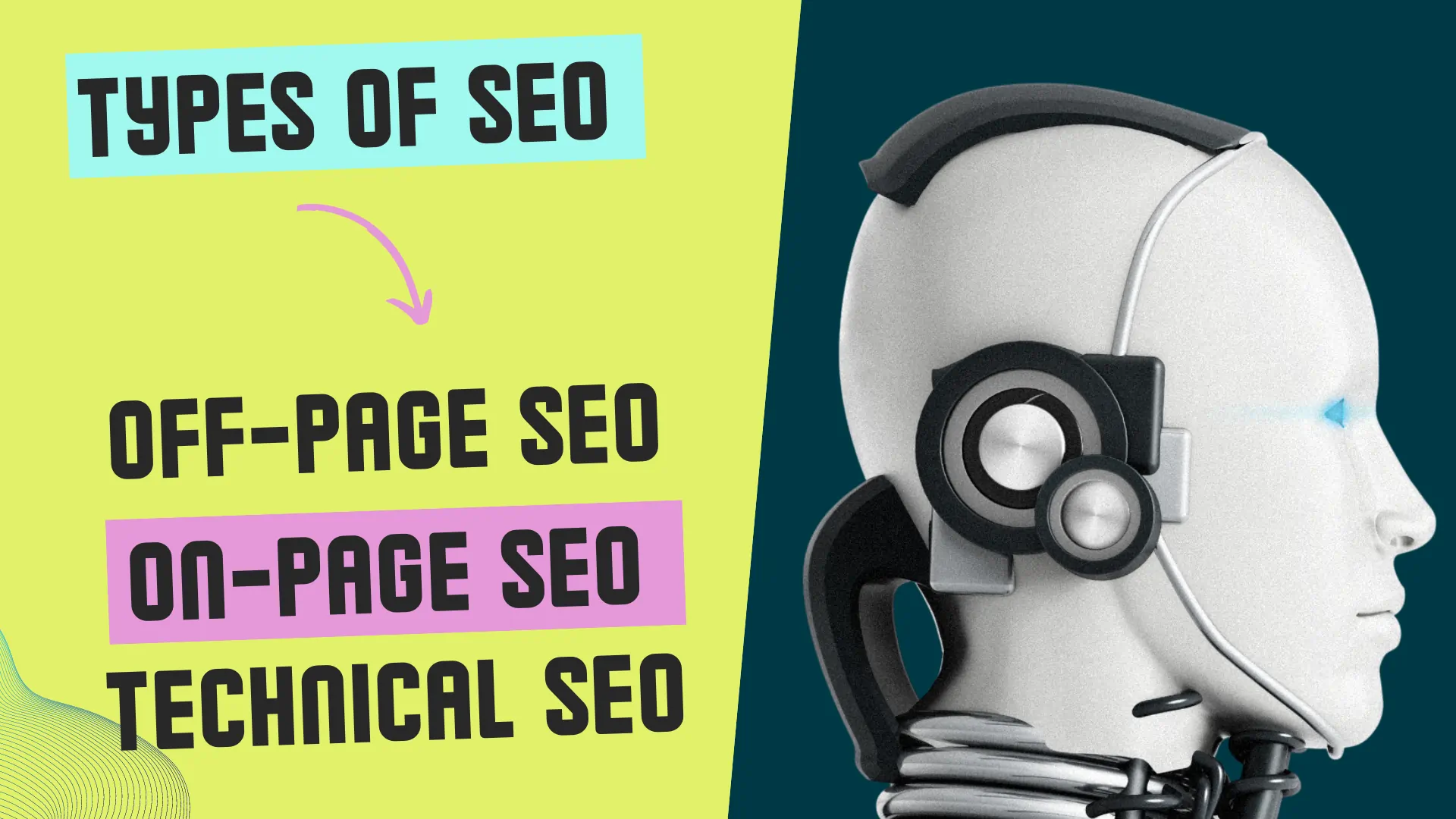What is SEO?

Search Engine Optimisation
Search Engine Optimization (SEO) is the effort that is made with the intention of enhancing the visibility of a particular website in the list of results when a search is made on search engines such as Google, Bing, Yahoo, and so on. SEO assists the site in being on the front line when the probable buyer is searching for such products or services based on the results displayed. It refers to the improvement of an individual’s website content, its architecture and code to suit the algorithms for search engines.
Some of the proper SEO practices for a website include the use of proper keywords, well-developed content, and fast mobile optimization. That is why Seo is a great investment that will help drive a large audience to the website, improve users’ experience, and consequently grow the company’s online presence.
You May Also Like to Read: What are Search Engine Result Pages?
Why is SEO Important?
Increase in Website Traffic
SEO makes your site more popular among the search engine users as your site is more likely to appear on the first page during search. Engaging relevant keywords and fine-tuning your content let you pull in more organic traffic from users who are looking for the products or services you provide. Higher visibility means more clicks and this can translate to increased leads, sales and therefore growth of the business.
Enhanced User Experience
A good SEO makes the site more convenient for users to navigate and use. This means making sure that your site works well on a mobile phone, loads quickly and is easy to use. This not only engages your visitors with your site but also gives them an opportunity to stay longer and navigate through more pages. Search engines themselves favor sites providing a good user experience and ensure that these sites remain at the top of the rankings.
Higher Credibility and Trust
This is because websites that are ranked at the top of websites shown to the user when the user searches with a keyword in the search engine are always deemed to be more credible and trustworthy. Through creating great content, backlinks to your site and other efforts related to it, SEO contributes to the growth of the site’s credibility. Since stakeholders will trust your site as it ranks higher on the search engines, your business will be viewed as dominant in your industry.
Cost-Advantages and Disadvantages Compared to Paid Advertising
Best of all, SEO is a cheaper marketing approach that can generate excellent results in the long run. Unlike pay-per-click where you are needed to keep on paying to remain relevant, SEO you make serves you permanently. Compared to AdWords which involves a daily investment and more for keywords and clicks, SEO takes a lot of initial time and cash, but the resultant traffic is free. In the long run proper site optimization eliminates the relevance of costly paid campaigns thus giving you the maximum ROI.
Key Components of SEO
On-Page SEO
On-page SEO is a process through which an individual web page of a website is granted some features that would enable it to rank high in the search engines with the aim of attracting relevant traffic. Key elements include:
Keyword Research and Usage: Keywords that people enter when searching for your products or services also matter and this is why the issue of keyword research comes in. To optimize in the search engines, it is recommended to include these keywords in your actual content, headings, and meta tags.
Quality Content Creation: The ability of coming up with quality, relevant, and interesting content is a plus to the targeted users. Creating good content is the key that informs visitors helps them to stay on the site for some time.
Meta Tags: Appropriate and engaging tags including the title tags and meta descriptions for every single page. These elements assist search engines in comprehending what the content of your pages is about and furthermore have an impact on click-through rates which are the actions that occur upon clicking a link in the search results.
URL Structure: Designing appropriate links that are neat, descriptive, and are easy to rank as well as incorporating keywords. An uncomplicated URL structure helps in the easy indexing of websites by search engines.
Internal Linking: Other external objectives may include the ability to connect to other useful web pages within the website. Methods such as internal links, utilized to make search engines to easily crawl your site and engage the visitors by directing them to other related sites.
Off-Page SEO
Off-Page SEO further deals with the optimization procedure performed outside one’s own website with the intent of achieving high ranks and better exposure. Key strategies include:
Backlink Building: Gaining more backlinks especially from other reliable and popular websites. Backlinks may also be seen as recommendations or references from other sites for your site and this goes a long way in ensuring that the search engine looks at your site as one that is so much trustworthy and authoritative.
Social Media Engagement: Sharing links to your content on social sites in a bid to gain access to more of your content by the public. Social signals work hand in hand with search engines in this sense since they can drive content engagement and thereby affect the ranking.
Influencer Outreach: Reaching out to influencers and other eminent personalities in your niche and asking them to share your content and link to your website. Endorsed by influencers, your brand will gain more credibility and more consumers would be exposed to your products.
Technical SEO
Technical SEO involves optimizing the backend of your website to ensure it meets search engine requirements for crawling and indexing. Key components include:
Website Speed and Performance: Making sure that your site runs fast and is as efficient to navigate as it possibly can be. It has been found that fast-loading sites are preferred by the users, as well as are and alyigned with the concept of search engines.
Mobile-Friendliness: Ensuring that your website is ‘mobile friendly’ and is easy to navigate when viewed on a smaller screen. This is particularly necessary now that a large number of people visit websites using handheld devices such as mobiles and tablets.
Secure (HTTPS) Connection: Ensuring the use of HTTPS in order to ensure the protection of the data exchange between your site and the visitors. Secure sites are widely accepted by users compared to un-secure sites and are also favored by search engines.
XML Sitemaps: Submitting an XML sitemap so that the search engine crawler can easily navigate through the website and index the various pages appropriately.
Robots.txt File: With the robots. txt file which acts as a tool that determines which parts of the website should be open to accessing and indexing by search engines. This assists in filtering out which contents need to be indexed and which are unnecessary, as well as preventing duplicate content problems.
You May Also Like to Read: Tips for SEO-Friendly Blog Post
SEO Best Practices
Regularly Updating Content
Regular updating of the website basically entails changing the content frequently as this helps in retaining high rank in the search engine. Here, amongst other strategy, it is acknowledged that resharing content signals to the search engine that the site is active.
It also adds value to your audience by giving him/her up-to-date information, trends and insights. Regularly update previous posts, place new information and delete old information to make sure your site is credible.
Using Analytics to Track Performance
The use of Google Analytics or any other tool that should be used for monitoring the performance of your website is critical to SEO. It gives you insights on the visitors you are receiving their action on your site, which pages people are spending most of their time and which page needs to be redesigned.
It also means that by tracking the traffic sources and other parameters like bounce and conversion rates, one will be able to optimize the usage of the online resources to achieve better performance in the SEO field.
Staying Up-to-Date with Search Engine Algorithm
search engines keep improving their search engine algorithms to ensure that the user is presented with the relevant as well as the high-quality results for the search made. To control your site positions and promote their further enhancement it is crucial to track these changes.
Stay informed on the latest industry trends, read the latest posts from the search engines and get actively involved in SEO forums. Some of the updates that other search engines make may have some effect on the performance of your site as well as conformity to the various guidelines that the search engine may set as and when it deems necessary.
Focusing on User Intent and Experience
Indeed, the assessment of user intent is among the key components of SEO since it determines effective ranking. The type of content that needs to be created is the content that the users are looking for on search engines and what answers their questions most. There are fundamental things that website owners should always do in order to ensure a superior user experience those include a good navigation system so the site must be optimized for mobile devices and should also load quickly.
Increase interest and participation rates through simple, concise and provoking CTA’s, utilization of media objects and various interactive buttons. A good user experience is another important factor of raising SEO ranking and longer stays and repeat visits from the visitors of the site.

Conclusion
SEO is the process by which the ranking and exposure of a website is improved in the context of the results offered by a search engine by optimizing the content, architecture, and code of the site. SEO allows your website to be shown at the top of the list in case the potential buyer enters the keywords connected with your goods or service. A good number of users are attracted to a website through right keywords, right content, making the site mobile friendly and several other SEO factors make your company’s website popular, providing a good experience to the users.
Making investments on SEO is beneficial in generating more web traffic, gaining the trust of the public and customers, and gaining first mover and cost advantages over paid advertising. Through the adherence to the policy and the non-imitation of the policy avoidances, the site can be able to obtain and maintain good search engine ranking which can lead to consistent business growth.
Partner with Nauman Oman
Recent Posts
Working Together Ideas come to life
No matter how big your company is, as you expand and reach new highs you’ll want an agency to have your back. One with a process
360presence@gmail.com

© 2023 360PRESENCE All rights Reserved
















